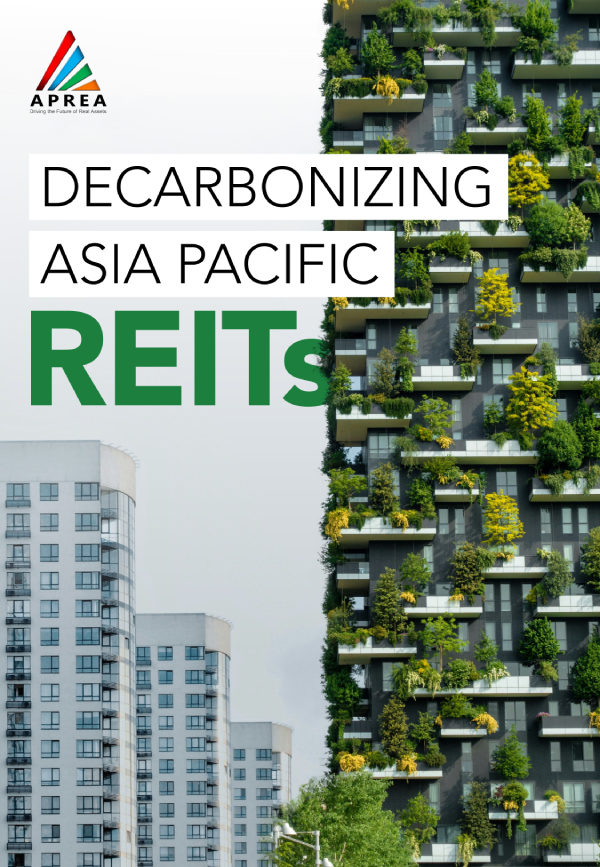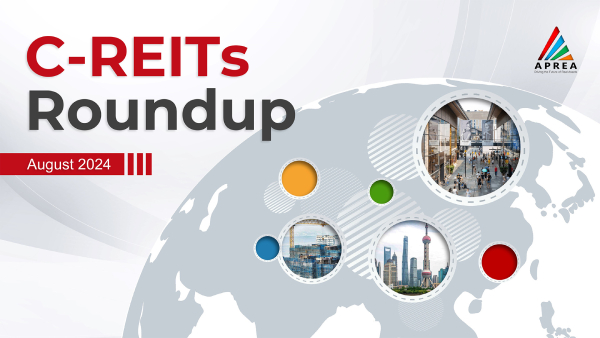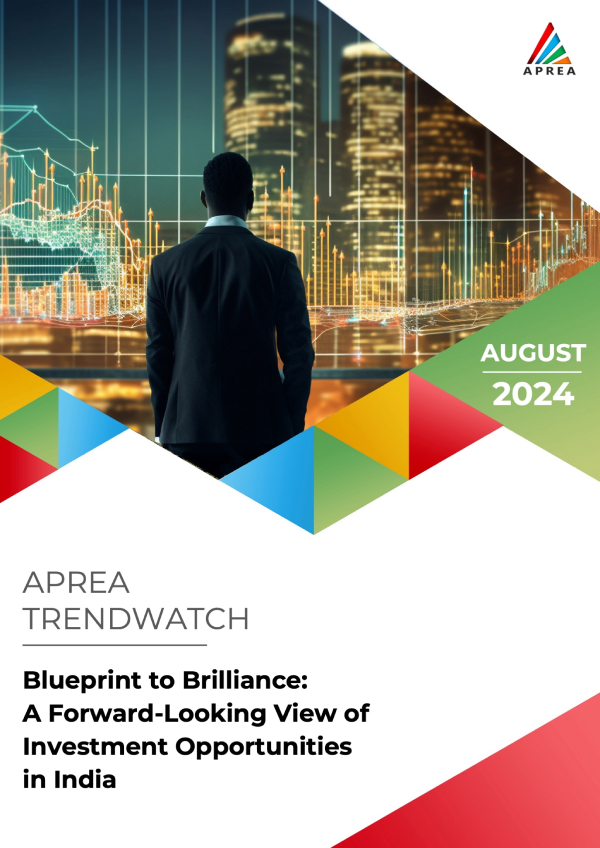Continued soft inflation and employment data in the US has changed market leadership as expectations for several Federal Reserve Fed Fund rate cuts has led to a strong rotation from large cap tech into lagging sectors including REITs which are seen as beneficiaries of lower rates. The FTSE EPRA Nareit Asia USD Dev Net TR rose 6.34% in July. Our active markets:
The bottom line: REITs have been trading up since the US CPI print on July 11 on the back of a reset in rates expectations and decent earnings.
Download the Report Read MorePlease find below the rebalancing results (effective 23 September 2024 start of trading) for the:
GPR/APREA Investable 100 Index
Read MoreAsia Pacific REITs are leading the charge in sustainability, driving the decarbonization of the region's real estate. With over 200 REITs and a market cap surpassing $250 billion, they are setting new standards for green assets and aligning with net-zero goals.
However, climate risks and regulatory pressures loom large, making it imperative for REITs to innovate and collaborate to safeguard their assets and seize the massive opportunity in sustainable growth. Learn how APAC REITs are navigating these challenges and pioneering a resilient, green future.


CEO
APREA

Head of ESG Consulting & Sustainability Services
Paia FROM CBRE, APAC
Download the Report (English) Download the Report (Chinese) Download the Report (Japanese)
Read More
Stay ahead of the curve with APREA's exclusive monthly update tracking the performance of China REITs.
APREA C-REITs Roundup provides the latest info and developments in C-REITs. Available for APREA members only, this important resource is your key to navigating the landscape of C-REITs.
Download the Report (English) Download the Report (Chinese)
Read MoreIndia is experiencing a significant transformation as the world’s fastest-growing major economy, with substantial investments flowing into asset classes such as REITs, InvITs, warehousing, and data centers. This growth is underpinned by the resilience of the real asset sector, supported by domestic capital and enhanced infrastructure, positioning India as a prime destination for global investors. Strategic investment approaches and effective risk management are crucial to sustaining this upward trajectory.
